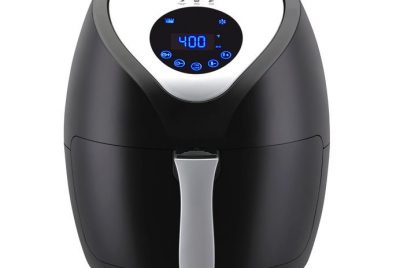On April 3, 1973, the first mobile phone was created. Since then, cell phone technology has…
Cell Phones and SAR: Everything You Need to Know
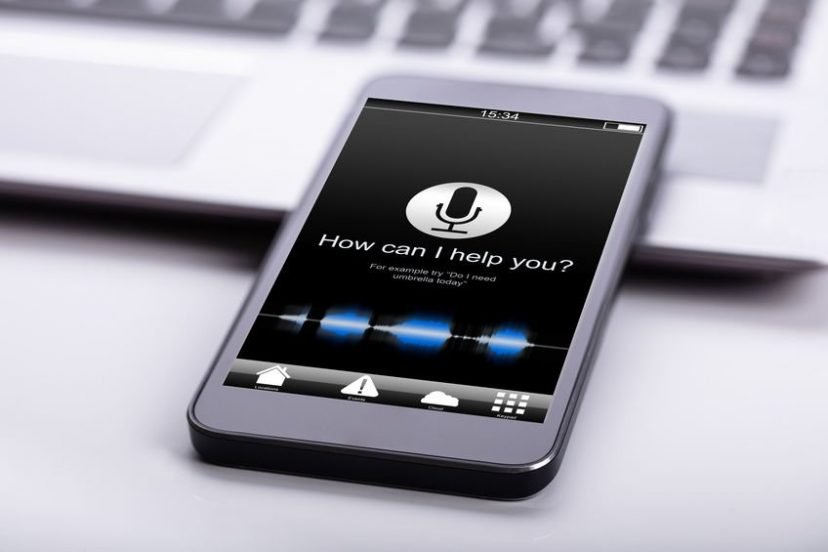
*We may earn a commission for purchases made using our links. Please see our disclosure to learn more.
By now, you’re aware that your phone emits radiation. But how much? It can’t be the same for every make and model. How do you know if your phone is a high producer of EMF radiation?
One method of determining the safety of your phone is the SAR. Cell phone manufacturers are required by law to determine each phone’s SAR and to disclose this information to the consumer.
So how is that related to EMF radiation? And how can you use it to find the safest phone possible?
We’re going to talk about that and more, in our guide to cell phones and SAR.
What does SAR mean?
A cell phone’s Specific Absorption Rate, or SAR, has to do with the amount of RF-EMF radiation the human body absorbs from the device. If a phone has a SAR of 0.5, for example, that indicates the user will absorb 0.5 watts of RF-EMF radiation per kilogram of their body weight. In theory, a phone with high SAR would expose the user to greater amounts of radiation than a phone with low SAR.
The problem is that high and low are subjective terms. Currently, the Federal Communications Commission (FCC) loosely regulates cell phone SAR levels in the United States. Per FCC regulations, cell phone manufacturers are not to distribute phones with a SAR above 1.6W/kg.
One issue is that the laboratory tests used to determine SAR assume the user is an average-sized adult male. They fail to take smaller sized individuals into consideration, not to mention children or pregnant women. And they are derived by monitoring radiation levels during a 30-minute phone call, whereas many use their phone primarily for texting and apps.
When the FCC last revised its regulations, in 1996, cell phones simply were not used the way we use them today. In modern times, cell phones serve multiple functions, and we keep them by our sides all day and night. In order for SAR to truly be an effective way to measure the safety of a phone, it should be measured during activities that are typical in today’s society.
Furthermore, some studies have indicated that biological impact from RF-EMF radiation actually begins to occur at .22W/kg, with reproductive implications beginning at just .16W/kg. These numbers are significantly lower than the FCC’s standard. What it all boils down to, is that you can’t trust that all phones on the market are “safe” just because they have an acceptable SAR.
Finding your phone’s SAR
It’s a fairly easy process to find the SAR of most phones. There are a few different ways you can go about it, and we’re going to go over them here.
Quick Code
Some people are able to find their phone’s SAR quickly and easily using something called Unstructured Supplementary Service Data (USSD), also known as quick code. This is a series of digits that you dial into your phone as if you’re making a call. The USSD contains many different commands, but the one you want is:
*#07#
This code is intended to reveal your phone’s test history. As a part of that, it includes the device’s SAR values. Note that this won’t work for every phone. When we tried it on a Samsung 8+ on the Verizon network, the call went straight to Verizon’s “call cannot be completed” recording. On a Samsung Note 10+ that was running on the AT&T network, dialing the command was met with a “command not supported” error message.
Your mileage may vary, but if you’re looking to find your phone’s SAR it may be worth a quick try.
User manual or manufacturer’s website
Another way to find your phone’s SAR is to consult the user manual or the manufacturer’s website. Phone manufacturers are required to provide this information, per FCC regulations.
Most major manufacturers provide this information on their website in an easy to find way, but you may have to dig a bit. Apple, for example, has an RF exposure section of its site that can be found by visiting Apple’s homepage and scrolling to the very bottom. Click on “Legal”. On the next page, scroll down to the very bottom again. Under the first menu, “Hardware and Software”, click on “RF Exposure”. Once on the RF Exposure page, navigate over to your specific product.
The SAR page is similarly buried on the Samsung website. Your best bet if looking for SAR on a manufacturer’s website may be to do a quick Google search. Type in “(your phone’s make and model) SAR”. Then, find the first non-sponsored search result that is from the manufacturer. For example, to find the SAR of the Samsung Note 10, we would type in “Samsung Note 10 SAR”. A few results down the list is Samsung’s own SAR page, where you type in your phone’s exact model number.
The user manual also is a great resource for finding the SAR. While the exact location varies by manufacturer again, you can usually find this data near other legal information.
FCCID
The next way we’re going to cover to find your phone’s SAR is to consult the FCC ID website. As the name suggests, this is a site run by the FCC. It allows you to search a database to find your phone’s SAR, although you must first know the phone’s grantee code and the product code, known collectively as the FCCID.
The FCCID is usually pretty easy to find. You can always consult your phone’s user manual. This information is printed on your device, as well, although the location varies by model. On a Samsung 8+, for example, the FCCID is noted on the back of the phone.
Once you find your phone’s FCCID, visit the FCC ID search website. The grantee code is the first three to five digits of the device’s FCCID. The product code contains the remaining digits of the FCCID, and it may include numbers, letters, and dashes. Search for your phone’s FCCID, and the site will take you to a page with the SAR.
Settings
You can also find your phone’s SAR by consulting the device’s settings. The exact location of the information will vary depending on your make and model, so you may need to poke around a bit. You can usually find the SAR under the phone’s legal information, but it can be quite buried, as well. If your phone’s settings menu includes a search function, that may be the easiest way to locate the appropriate setting.
2022’s Lowest SAR phones
There are a number of devices on the market in 2022 that have relatively low SAR scores. If you’re looking for a new phone, consider one of the following.
Samsung Note 10 and 10 Plus
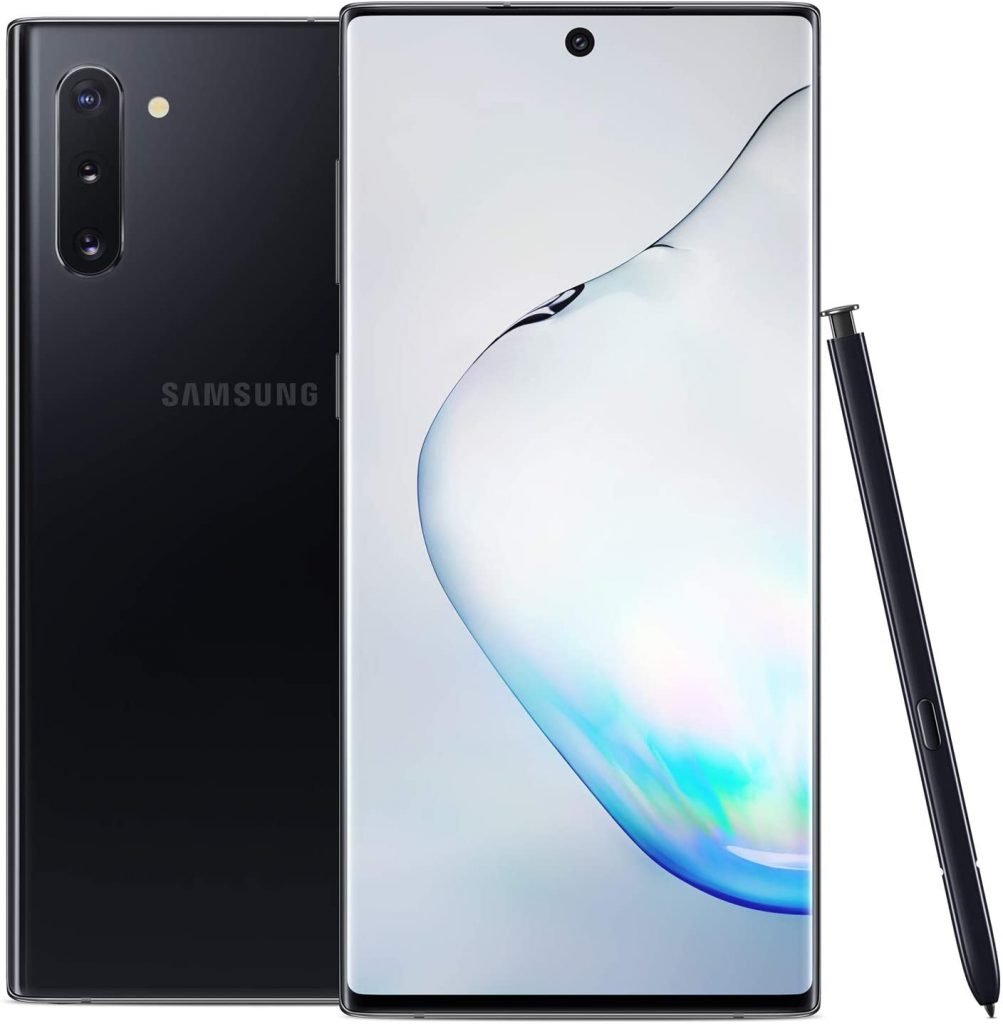
Samsung’s Note 10 and Note 10 Plus have some of the lowest SAR levels of any popular phone on the market today. The Note 10 Plus has a SAR value of .208W/kg, while the standard Note 10 has a rating of .223W/kg. This is well below the FCC’s 1.6W/kg level, and pretty close to that .22W/kg number where biological damage starts to occur.
Both the Note and the Note Plus have a ton of features that make them worth considering. Multiple cameras, a built-in stylus, and expandable storage are just a few other features to look forward to with this phone.
Verykool Vortex RS90
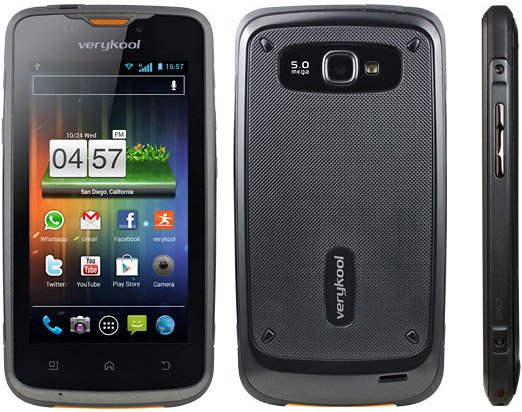
One phone with an even lower SAR than either of the Notes is Verykool’s Vortex RS90. It’s a fairly basic phone, but it does have a SAR of .18W/kg. Aside from the low SAR, the RS90’s biggest selling feature is its rugged durability. It may not have all the bells and whistles of the Note 10, but it can withstand a fall or two.
Mudita Pure
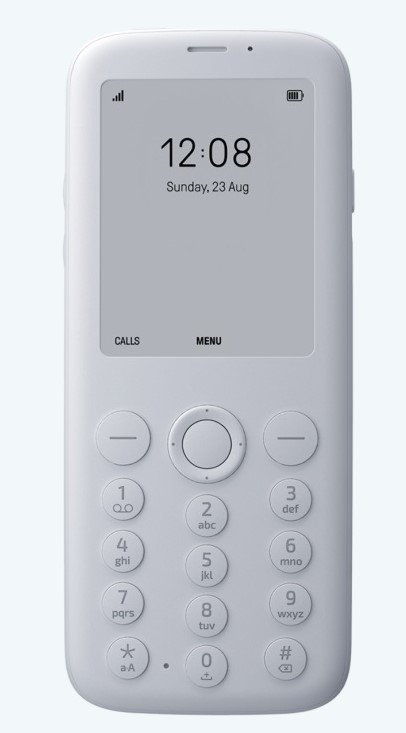
Advertised as the minimalist phone, the Pure from Mudita is a simple, sleek phone with an exceedingly low SAR value. The Pure features an e-ink display that’s easy on the eyes, as well as basic utilities such as a built-in speaker and Bluetooth ability (although you’ll want to keep that switched off). The Pure is touted as being ultralow SAR, although the manufacturer hasn’t released the exact numbers just yet.
Mutida’s Pure is still in production, although it recently reached its Kickstarter goal and is available for pre-order. This isn’t the right phone if you’re looking for a bunch of features, but if you want something basic with a low SAR, this phone is supposed to deliver.
Do all Samsung phones have low SAR ratings?
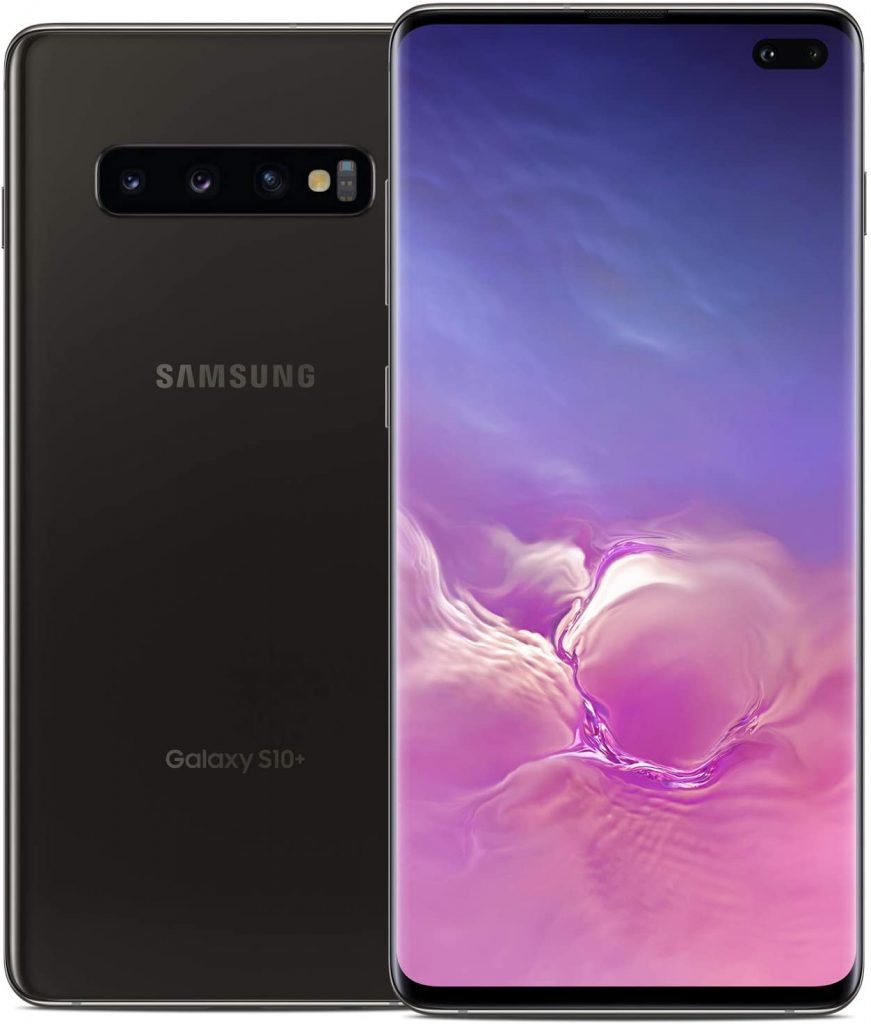
Samsung has a reputation for producing low SAR phones. The reason for this can be traced back to a 2003 change in FCC regulations. Prior to that time, cell phone manufacturers were required to use omnidirectional antennas, that broadcast a signal in all directions. Once that requirement was listed, Samsung developed a new style of antenna that actually projected radiation away from the user while the phone was in use.
This was significant because it dramatically lowered the SAR value of Samsung phones. And while the company’s Note is one of the best phones out there right now when it comes to SAR, not all Samsung phones follow suit. The Samsung Galaxy S10, for example, has one of the higher SAR values of any popular phone. So even if you stick with this manufacturer, still check the SAR of your individual model.
Does a low SAR mean your phone is safe?
Not necessarily. As we pointed out earlier, SAR is obtained by measuring an average-sized male’s RF-EMF absorption during a 30-minute phone call. Unless you happen to be an average-sized male who uses his phone primarily for 30-minute phone calls, the SAR may not be an entirely accurate indication of how much radiation you are exposed to.
That being said, SAR can be a good indicator of what phones are safer. If a phone has a low SAR, it may produce less radiation than others on the market. Even still, it’s wise to take other safety precautions to minimize your risk of EMF-related health problems. Don’t let a low SAR lull you into a false sense of security — common-sense safety measures are still needed.
Steps such as using an RF-protective phone case, limiting the duration of your calls, using a wired headset, and holding the phone away from your body will help you stay safe from EMF exposure. Your best bet is to find a phone with a low SAR so you have a good baseline and make lifestyle changes to reduce your exposure even further.
Final thoughts
SAR is not the end-all, be-all when it comes to cell phone safety. The measure is flawed, and there is significant room for improvement. Still, it’s one of the better measures currently available to consumers. It’s probably not worth ditching your current phone, but if it’s time to buy a new one, it doesn’t hurt to research SAR values beforehand. 


